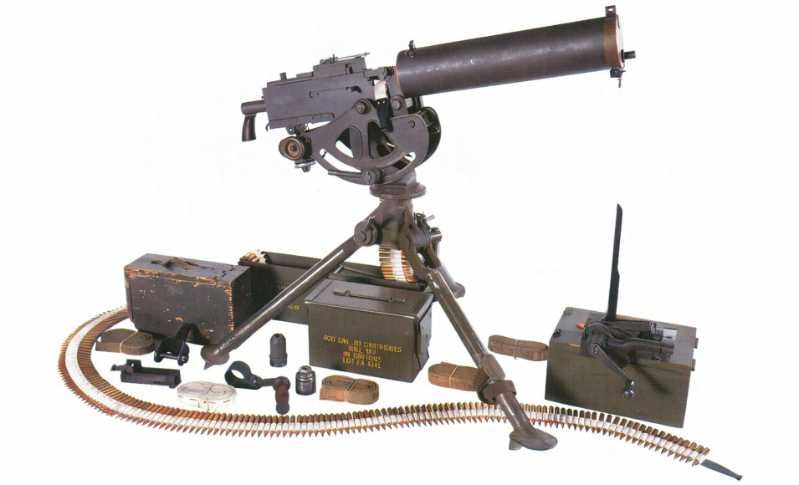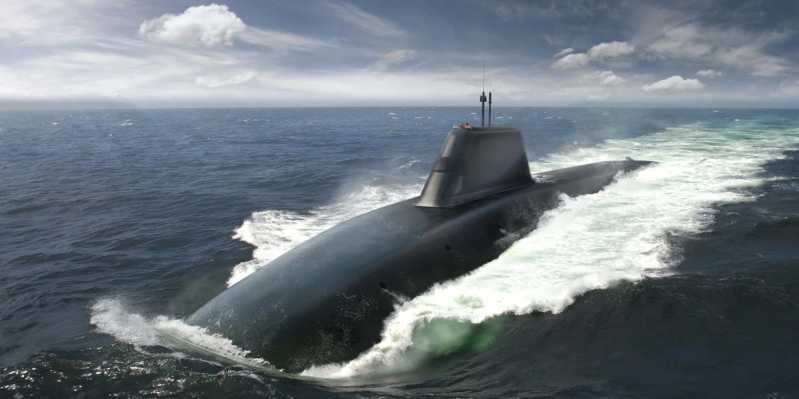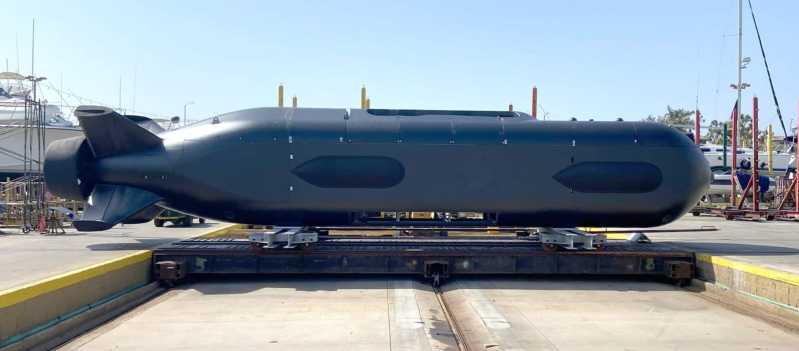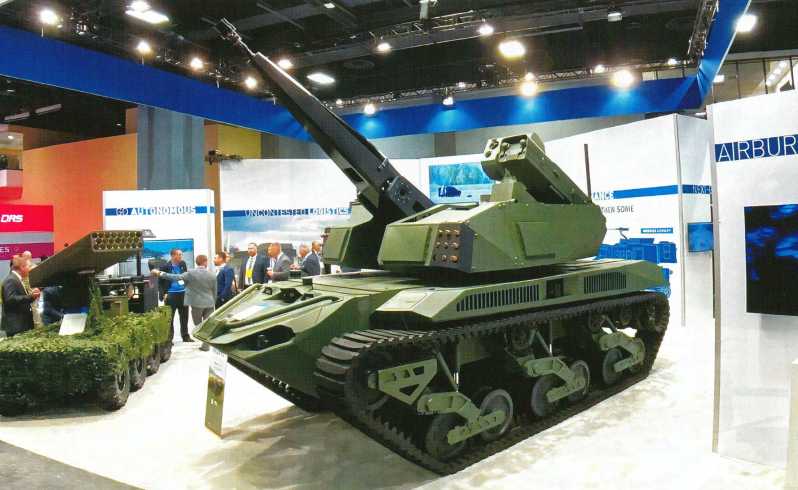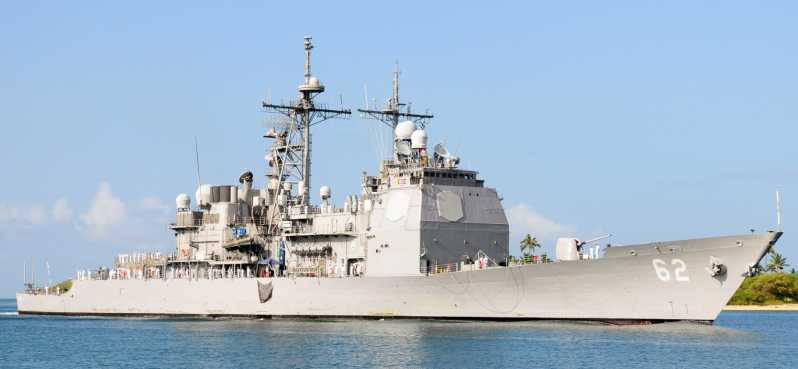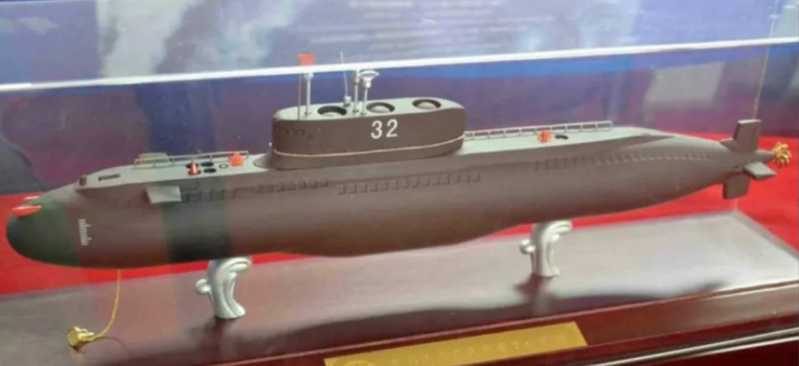The development of light weapons in the world today is changing with each passing day. Led by the United States and Russia, there is a trend of abandoning small caliber and choosing medium caliber in the selection of caliber of the new generation of light weapons. As we all know, my country and other European countries are still using small caliber light weapons. So, in the future development of light weapons in the world, will it be dominated by small caliber or medium caliber? This magazine specially invited light weapons expert Mr. Ma Zhijie to discuss and comment on this.
Definition of medium caliber and small caliber firearms
Reporter of this magazine (hereinafter referred to as reporter): To explore the issue of the development of firearms caliber, we must first clarify the definition of the division of medium and small calibers. So what are medium caliber and small caliber firearms?
Professor Ma Zhijie (hereinafter referred to as Ma): Usually, we call bullets (bullets) with a caliber of less than 6 mm small caliber bullets. At present, rifles and machine guns produced in various countries around the world mainly fire small-caliber bullets, among which the Belgian SS109 5.56mm (selected as a standardized rifle bullet by the United States and NATO), the Russian M74 5.45mm (designated as a standardized rifle bullet by the former Warsaw Pact countries) and the Chinese DBP87 5.8mm (the standardized rifle bullet of my country’s new generation 95-type squad gun family weapons) are the most widely used.
Bullets with a caliber between 6mm and 9mm are called medium-caliber bullets, among which 7.62mm caliber bullets are the most common.
Bullets with a caliber of more than 9mm are called large-caliber bullets, among which 12.7mm is the most popular. At present, the most commonly used caliber in the world’s heavy machine guns, large-caliber sniper rifles, etc. is 12.7mm.
Our discussion this time is mainly about the caliber of infantry firearms such as rifles, short rifles, and squad light machine guns.
Review of changes in the caliber of light weapons
J: Before discussing the future changes in the caliber of firearms, it is necessary to understand. Reviewing the previous changes in the caliber of firearms and its internal logic and laws will definitely be of reference and value for our discussion of the changes in the caliber of firearms in the future. So can you briefly talk about it?
Ma: This view is correct. The development of light weapons also follows the general law of the development of weapons, that is, demand traction and technological progress. The development of infantry firearms has made rapid progress with the rapid development of productivity and science and technology, especially the traction of the demand for weapons in the two world wars, which has promoted not only infantry firearms, but also the changes in the caliber of bullets.
First, let’s look at the early days. Early firearms were mainly large caliber.
In the 1840s, the Germans successfully developed the world’s first machine-grip rifle, the Dreiser striker-loaded rifle, which pioneered the modern rifle. The caliber of this rifle is 15.43 mm. From the Dreiser rifle in 1840 to the outbreak of the First World War in 1914, for more than half a century, infantry firearms used by countries around the world were mainly manual or semi-automatic. Although Weir invented smokeless gunpowder in 1885, ammunition technology has made a qualitative leap. However, because there was no large-scale world war, countries had very different understandings of the combat distance of firearms, the tactical mission and combat use of firearms. The caliber of infantry firearms and bullets during this period was chaotic. However, the main caliber was basically maintained within the range of large-caliber bullets of about 11 mm.
The rifles at that time had a relatively long range and pursued caliber and power, which was also directly related to the backwardness of propellant and ballistic technology. Because the relevant technology is backward, the caliber of the ammunition must be made larger to get a better range.
The second stage, in the early 20th century, medium-caliber bullets were the main ones.
In the early 20th century, the design technology of firearms developed rapidly. First, the Dane Madsen invented the world’s first light machine gun, making the light machine gun an essential light weapon for infantry squads. Especially after the outbreak of the First World War in 1914, the smoke of war spread throughout Europe, which in turn promoted the changes and development of firearms and related calibers. In addition, with the help and atomization of science and technology, light weapons have been greatly developed. During this period, in order to reduce the weight of weapons and reduce the backlash of weapons during shooting, gun and bullet experts reduced the caliber of bullets to between 6.5 mm and 8 mm. Take rifles as an example: in 1908, the caliber of the Mondragon rifle designed by Mexican Mondragon was 6.5 mm, the Russian Simonov rifle was 7.62 mm, the French M1917RSC rifle was 8 mm, and the German Bergmann 1918 rifle was 7.65 mm. During this period, the main caliber of bullets was basically maintained in the medium caliber range of about 6-8 mm.
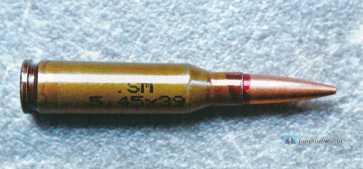
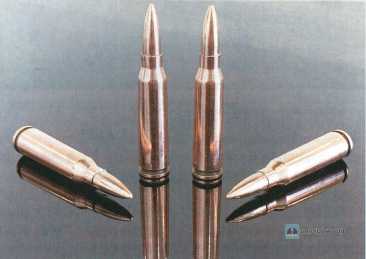
The third stage, in the middle of the twentieth century, was dominated by 7.62 mm intermediate power and full power bullets.
After the baptism of World War II, people gradually realized that the most important indicator for measuring the quality of bullets is whether they can meet the needs of the battlefield. In this regard, the Germans were the first to arrive. In the early days of World War II, the German army used infantry firearms that fired 9mm Parabellum pistol bullets, with an effective range of less than 200 meters. In the middle period, the Germans switched to using 7.92mm heavy (7.92x57mm) full-power rifle bullets, which increased the effective range of rifles to more than 400 meters. In the late World War II, the Germans drew the following conclusion from war practice: In mechanized warfare dominated by tanks, infantry was particularly lacking in rifles, light machine guns and other light infantry combat weapons with an effective range of 200-400 meters, in order to make up for the firepower gap in this combat area when tanks attacked. Based on this conclusion, the Germans took the lead in launching the 7.92mm short bullet (7.92x33mm) using medium-caliber intermediate-power rifle bullets, and successfully developed the StG44 assault rifle with a high rate of fire, short gun body and light weight to match it. Soon after, the Soviet Union imitated the successful experience of the German StG44 assault rifle and intermediate-power bullets, and launched an AK47 assault rifle and M43 7.62mm medium-caliber (7.62x39mm) intermediate-power bullets that influenced the entire world for more than half a century. The Americans were certainly not to be outdone. During this period, the United States was equipped with the T65 7.62mm medium-caliber (7.62x51mm) full-power bullet (during the Cold War, the T65 was listed as a NATO standard infantry bullet, and was later replaced by a 5.56mm small-caliber bullet).
In the mid-20th century, the United States and NATO countries mainly used 7.62mm medium-caliber (7.62x51mm) full-power bullets; the Soviet Union and the Warsaw Pact countries mainly used 7.62mm medium-caliber (7.62x39mm) intermediate-power bullets. During this period, the 7.62mm caliber basically dominated the world and became the common choice of the Eastern and Western camps.
The fourth stage, in the second half of the 20th century, the dominant position of small-caliber bullets was established.
As early as the 1960s, the US military equipped its own army with the M16 rifle that fired the M193 5.56mm (5.56x45mm) small-caliber bullet, and quickly deployed it to the battlefield of the Vietnam War for actual combat testing. By the early 1970s, the US military completed the replacement of small-caliber infantry and became the first army in the world to fully equip small-caliber rifles. However, during this period, other NATO allies were still equipped with the first-generation standardized 7.62mm medium-caliber full-power bullets. In order to completely solve the problem of standardization of infantry firearms and ammunition within NATO and unify the caliber of infantry firearms and ammunition of allied countries, in 1977, the SS109 5.56mm small-caliber ammunition of the Belgian FN company was selected as the standard infantry firearms and ammunition of the United States and NATO countries. As a result, the United States and NATO completed the second replacement of infantry firearms and ammunition after World War II from 7.62mm medium-caliber full-power ammunition to 5.56mm small-caliber ammunition. Almost at the same time, the Warsaw Pact countries led by the former Soviet Union also completed the second replacement of infantry firearms and ammunition after World War II from 7.62mm medium-caliber intermediate-power ammunition to M74 5.45mm small-caliber ammunition.
Over the past half century from the 1970s to the present, the development of infantry firearms and ammunition worldwide has undergone two major changes, namely: the ordering of bullets and the small-caliber. The recognition of the ordering of guns and bullets is mainly based on the war preparedness considerations of the two major camps (NATO and Warsaw Pact) during the Cold War. At first, both NATO and Warsaw Pact countries generally had different guns and chaotic calibers, which was bound to bring inconvenience to the logistics supply and the production of weapons and bullets. Therefore, the two major camps formed weapon standardization and universalization of guns and bullets within the group. This made the guns and bullets of the allies in the group of countries orderly; secondly, NATO and Warsaw Pact each realized small caliber. Although the two major groups’ recognition of small caliber guns and bullets was a little later than the recognition of ordering, the momentum of small caliber is very strong.
J: Why can small-caliber firearms dominate the world?
Ma: This is mainly because small-caliber bullets have many incomparable advantages over medium-caliber intermediate-power bullets and full-power bullets, such as: small-caliber bullets have the comprehensive performance of light rifles and submachine guns: they can greatly reduce the weight of the weapon system and relatively improve the assault: the penetration of the bullet is better than that of medium-caliber intermediate-power bullets; the recoil is much smaller than that of medium-caliber full-power bullets, etc. Faced with such a fact, NATO and the Warsaw Pact successively listed the SS109 5.56mm and M74 5.45mm small-caliber bullets as the standard caliber bullets of the member countries in their respective groups. At the end of the last century, my country also used the domestically produced DBP87 5.8mm small-caliber bullets as the standard caliber bullets for domestic squad guns in the early and mid-twentieth century.
It is no exaggeration to say that the successful development of small-caliber bullets with light bullets, high initial velocity and low trajectory, as well as their widespread use around the world, have opened an important page in the history of the development of firearms in the world.

Re-understanding of small-caliber firearms
Reporter: So why have the United States and Russia begun to re-interest in the development of medium-caliber firearms in recent years? Are there any problems with small-caliber firearms?
Ma: Although the establishment of small-caliber bullets has laid the foundation for the lightweight, universal and small-caliber of infantry squad weapons, it has also led to the renewal of light weapons equipment around the world. However, the practice of several local wars that have occurred in the world since the 1980s has proved that small-caliber bullets are not the ultimate goal pursued by mankind, because the current small-caliber bullets also exist and expose their inevitable limitations.
Simply put, there are two obvious limitations of small-caliber bullets: First, small-caliber bullets are not able to penetrate modern bulletproof vests. With the emergence of a series of new bulletproof vests such as modern high-strength Kevlar materials, electronic bulletproof vests, bio-anti-bulletproof vests, and spider bulletproof vests, the bulletproof effect of soldiers’ bulletproof vests has been further enhanced, and the problem of poor penetration of small-caliber bullets on soft bulletproof materials has been clearly exposed. Second, small-caliber bullets lack medium and long-range support capabilities. In the future high-tech battlefield, infantry will need to implement medium and long-range fire suppression on the enemy in most cases to delay the opponent’s actions. Compared with large-caliber bullets, small-caliber bullets have strong stall and incapacity capabilities (fast speed reduction and penetration reduction capabilities), so small-caliber bullets are difficult to complete fire suppression tasks at medium and long distances.
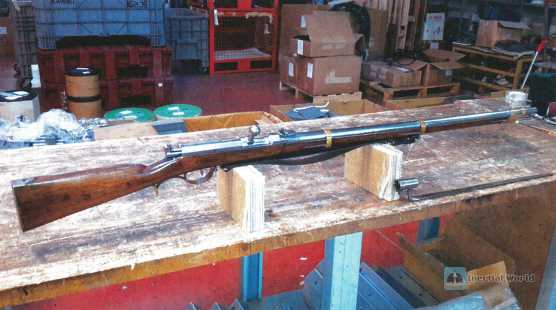
Reporter: Is there any solution to this problem?
Ma: At present and for a long period of time in the future, if new penetration mechanisms (or too much investment, or not successfully developed) are not widely used, the only way to increase the power of bullets is to increase the energy of bullets, and the best way to increase the energy of bullets is to increase the charge and warhead mass of bullets. So in other words, the only way is to increase the caliber of bullets. Therefore, medium-caliber bullets with more powder and heavier bullets are returning, such as the 6.5mm and 6.8mm medium-caliber bullets recently launched by the US military and the 6.02mm medium-caliber bullets launched by the Russian military. However, we should also be aware that increasing the powder charge and bullet mass of bullets will inevitably lead to a series of problems such as increased weapon recoil energy, difficulty for shooters to control weapons, one-sided increase in individual soldier load, and increased difficulty in service support. Moreover, the effect of simply relying on increasing the powder charge and bullet mass to increase the power and medium- and long-range killing distance of bullets is still unknown.
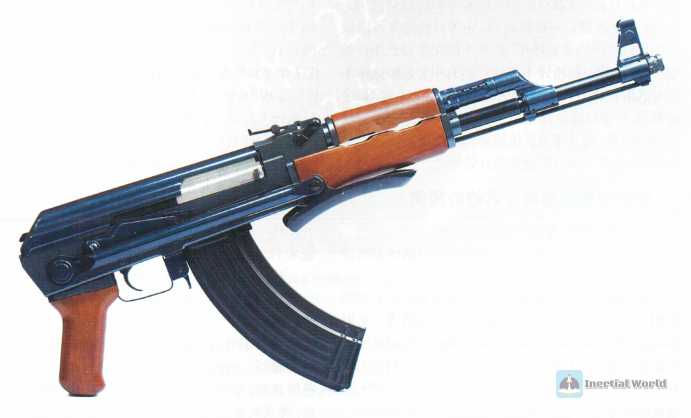
Reporter: So can we say that with the traction of demand, light weapons are gradually moving towards medium caliber, which may be a trend?
Ma: It can be considered that the return of medium caliber bullets is a beneficial attempt for infantry firearms to adapt to the requirements of combat missions in the new era. Because the basic tasks of infantry firearms change with the development of war and the course of history. Judging from the current battlefield demand for infantry firearms, infantry firearms should be able to effectively kill targets wearing bulletproof helmets and light protective clothing within 1,000 meters, and have limited anti-light armor and anti-low-altitude capabilities. It can be seen that for a long time in the future, medium-caliber bullets can become an important supplement to small-caliber bullets. But they cannot completely replace small-caliber bullets, because small-caliber bullets themselves also have the unparalleled advantages of medium-caliber bullets. It can be seen that the current small-caliber bullets are not the "final choice" of mankind, and medium-caliber bullets are not "perfect". The return of medium-caliber bullets is not only an important attempt at the current development stage of infantry firearms and ammunition, but also an effective supplement to small-caliber bullets.

Forecast of the development trend of infantry firearms and ammunition
Reporter: What is the current development of medium-caliber firearms?
Ma: At present, the United States and Russia are the pioneers in the development of a new generation of medium-caliber firearms.
Taking the United States as an example, the world-renowned "Popular Mechanics" magazine reported in September 2023: Based on the wars in Afghanistan and Iraq, infantry firearms such as the M16 series rifles and M249 light machine guns that fire SS109 5.56mm bullets are not effective when shooting at resistance members wearing bulletproof vests, especially at a slightly longer distance, which puts great pressure on US soldiers. Therefore, the US military has recently selected the new 6.8mm caliber bullet (6.8x51mm) jointly developed by True Speed, Textron Group and SIG Sauer to replace the NATO standard SS109 5.56mm bullet. It is said that the new 6.8mm bullet has a larger caliber than the SS109 5.56mm bullet and can hold more gunpowder. Under the premise of meeting the requirements of shoulder recoil, the bullet has a faster speed, a longer range, and greater lethality. It can effectively penetrate light bulletproof vests, bulletproof helmets, ceramics and other light steel armor materials. According to the SIG Sauer website: The internal structure of this new 6.8mm caliber bullet is different from the 6.5mm, 6.8mm and other bullets launched by some other manufacturers in the world before. It can easily penetrate bulletproof vests of countries around the world, and its power even exceeds the 7.62mm (7.62x51mm) full-power bullet used by NATO in the early days.
The Russian "Kalashnikov" website also publicly reported on December 16, 2023: Recently, the Tula Barrel Factory and Kalashnikov Company jointly developed a new caliber bullet with a caliber of 6.02 mm (6.02x41 mm). Test data show that this new caliber bullet of 6.02 mm has a significant advantage over the current Russian M74 5.45 mm (5.45x39 mm) caliber small-caliber bullet and the M43 7.62 mm (7.62x39 mm) intermediate-power bullet in terms of both flight speed and terminal kinetic energy at a range of 200 meters.
Reporter: Can you predict the future development of firearms in the world? Ma: First of all, small-caliber firearms will not be eliminated all at once, and there is still room for improvement.
With the development of the situation, the small-caliber bullets that were once glorious and opened a new chapter in the history of light weapons and equipment have gradually exposed their own shortcomings, such as insufficient lethality against medium- and long-range targets above 600 meters; the bullet is light in weight and greatly affected by external conditions (mainly wind); the bullet has low penetration power against targets wearing new bulletproof equipment, etc. This has led to human exploration of the return of medium-caliber bullets, but medium-caliber bullets will also be subject to restrictions and challenges in terms of recoil energy, service support, and environmental adaptation.
It can be seen that before new energy and new mechanisms appear and are applied to the field of bullets, both small-caliber bullets and medium-caliber bullets are only "appropriate" choices for humans at this stage of development. Judging from the recent situation of infantry firearms and ammunition in the world, the development of infantry bullets in the next decade or so will show the following trends:
For example, it is to continue to improve the performance of small-caliber bullets. Bullets are the ultimate embodiment of the power of rifles. Before there is a major breakthrough in the structure of guns, improving and perfecting the performance of existing bullets has become the main way to improve the effectiveness of gun systems. For example: explore the use of new charging technology to increase the initial velocity of bullets without changing the volume of the chamber and the pressure of the gun; seek new technologies to improve the penetration of bullets; change the structural dimensions of bullets to improve the armor-piercing and wound-carrying capabilities of bullets.
Secondly, it is to explore bullets with a completely new structure

Since the current small-caliber bullets cannot do everything, humans have never stopped exploring new bullets. For example: developing double-headed bullets, cluster bullets, caseless bullets, and plastic shell buried bullets. It can be expected that the research on unconventional bullets will still have development potential in the future, and may become another way to improve the effectiveness of light weapons systems.
Third, it is to develop bullets of new calibers.
Because the evaluation of the quality of bullet caliber is based on the terminal effectiveness, range and portability of the weapon system. Therefore, with the continuous changes in the tactical mission of light weapons, the requirements for bullet caliber will change accordingly. Today, there are new caliber bullets of 6.8mm in the United States and 6.02mm in Russia. With the deepening of human understanding of bullets and the advancement of science and technology, there will definitely be more new caliber bullets tomorrow.
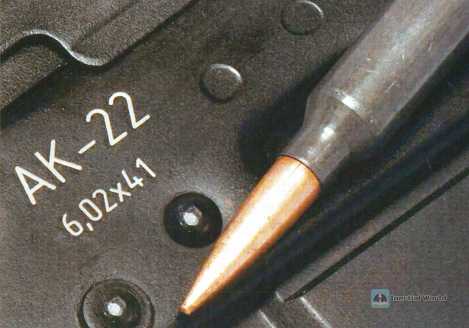
Fourth, bullets will be integrated with new materials and new processes.
In the future, new materials and new processes may be an important direction for the development of bullets. For example, the United States recently coated polytetrafluoroethylene engineering plastics on the warhead of its 5.56mm small-caliber bullet, which greatly enhanced the penetration of the warhead. It can be seen that the continuous emergence of materials and new technologies and their application in the field of guns and bullets will inevitably lead to the improvement of gun bullet performance.
It can be predicted that in the future for a long period of time, infantry firearms in various countries in the world will gradually form a situation of interactive supplementation with small-caliber bullets as the "main" and many new calibers as the "auxiliary". Reporter: Thank you very much for accepting our interview.




